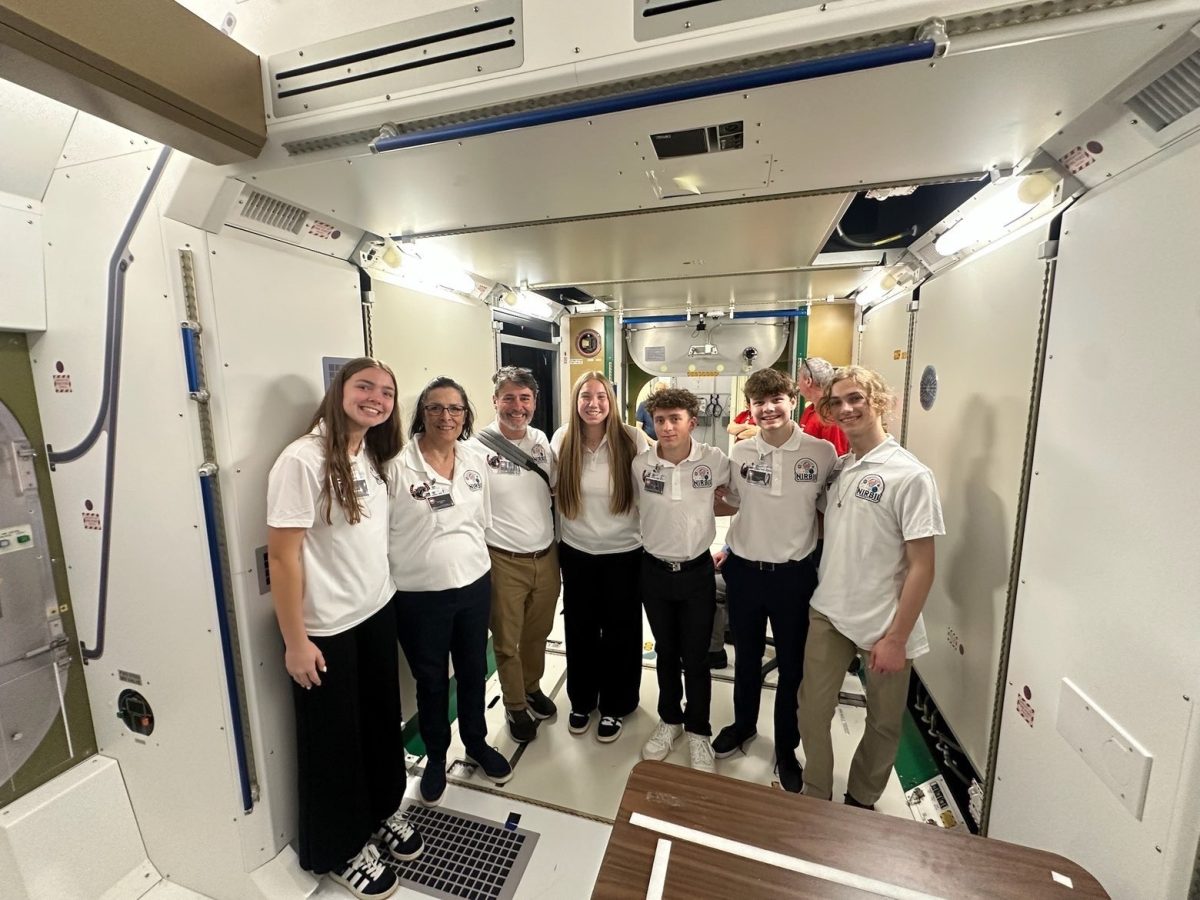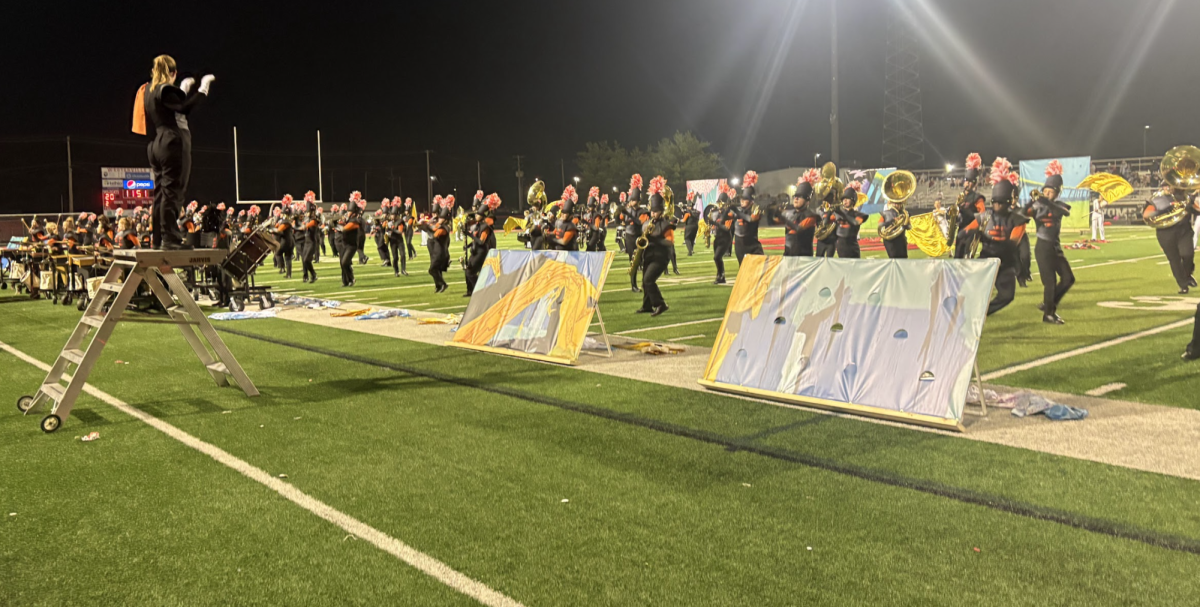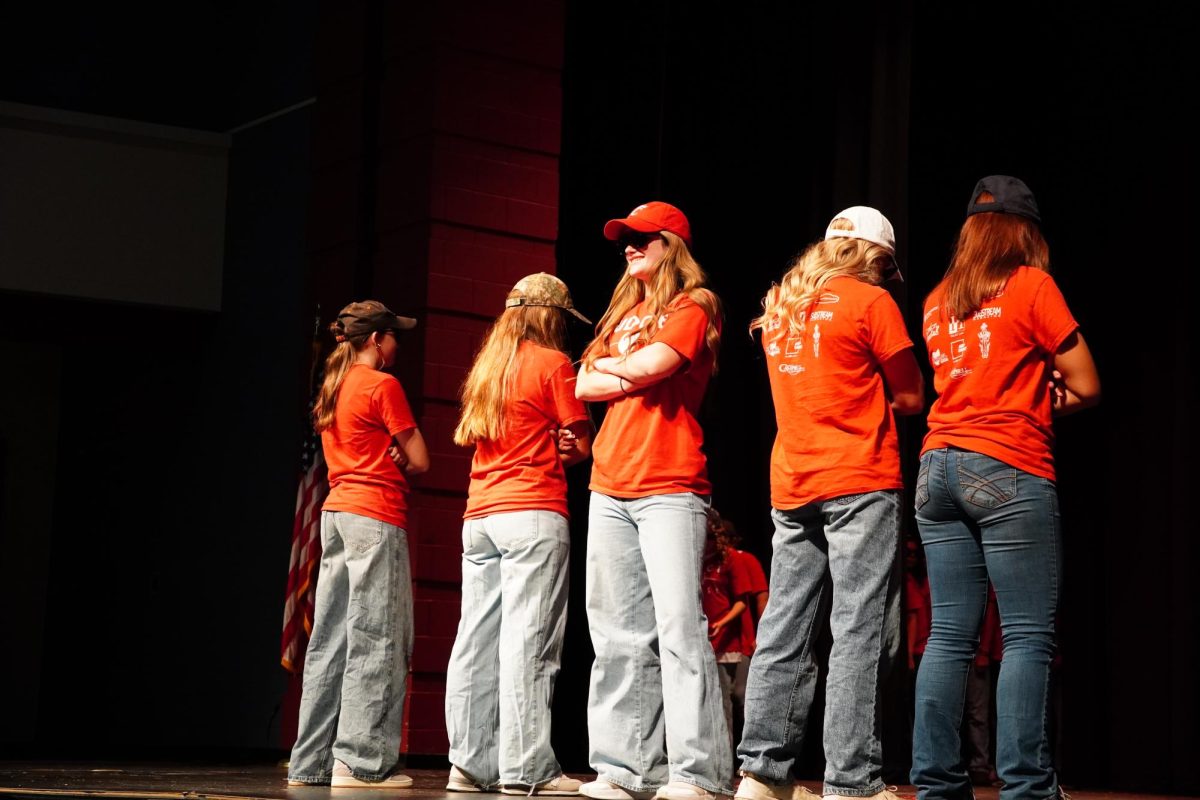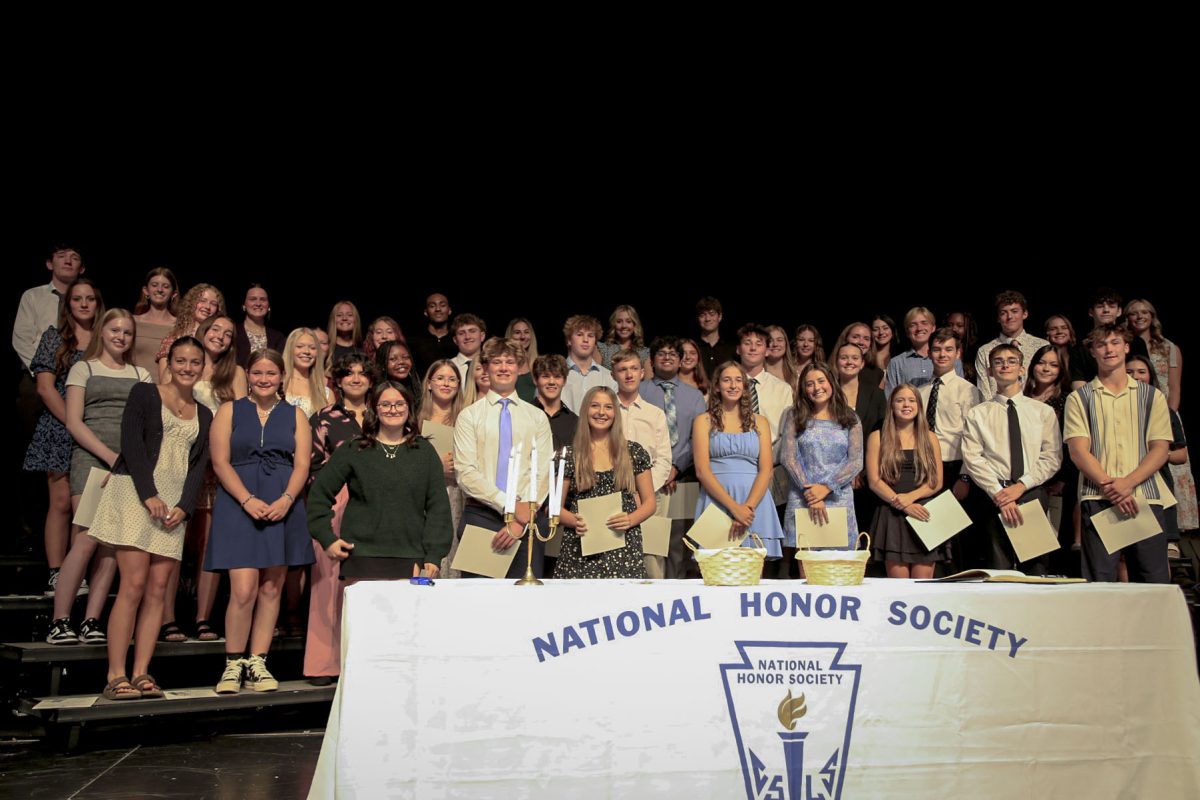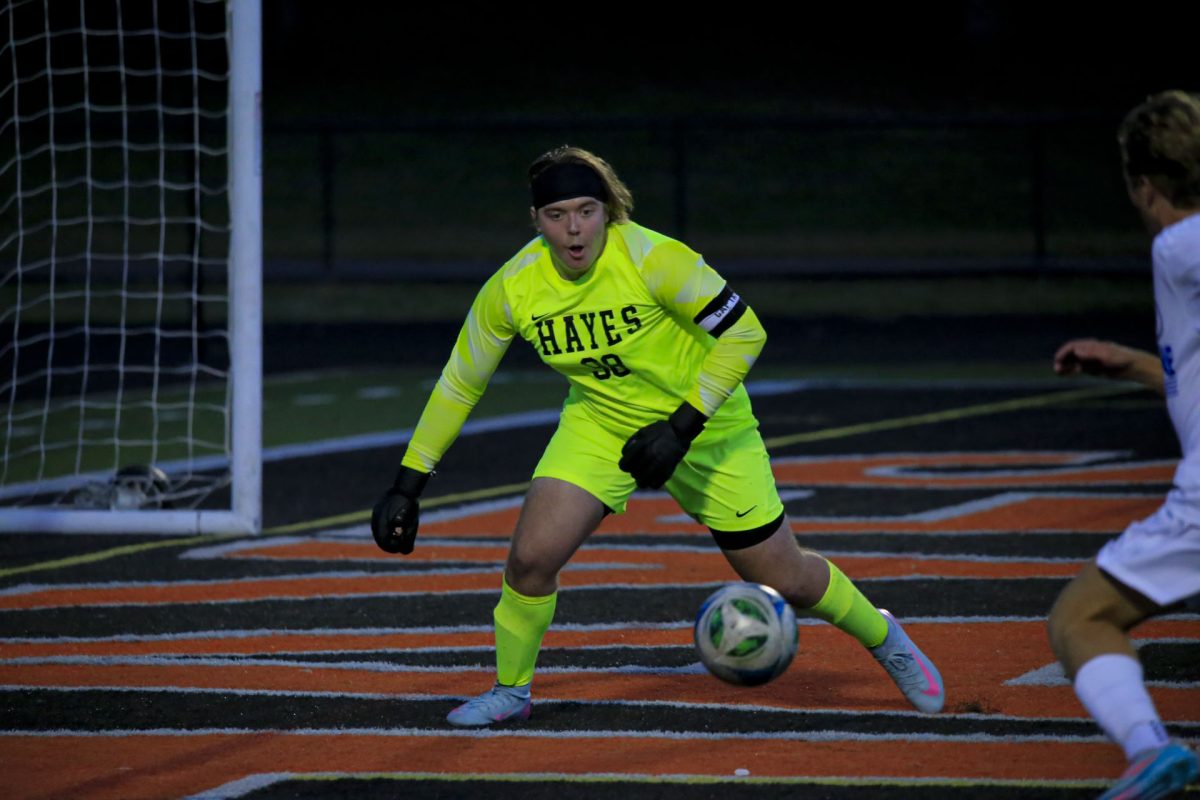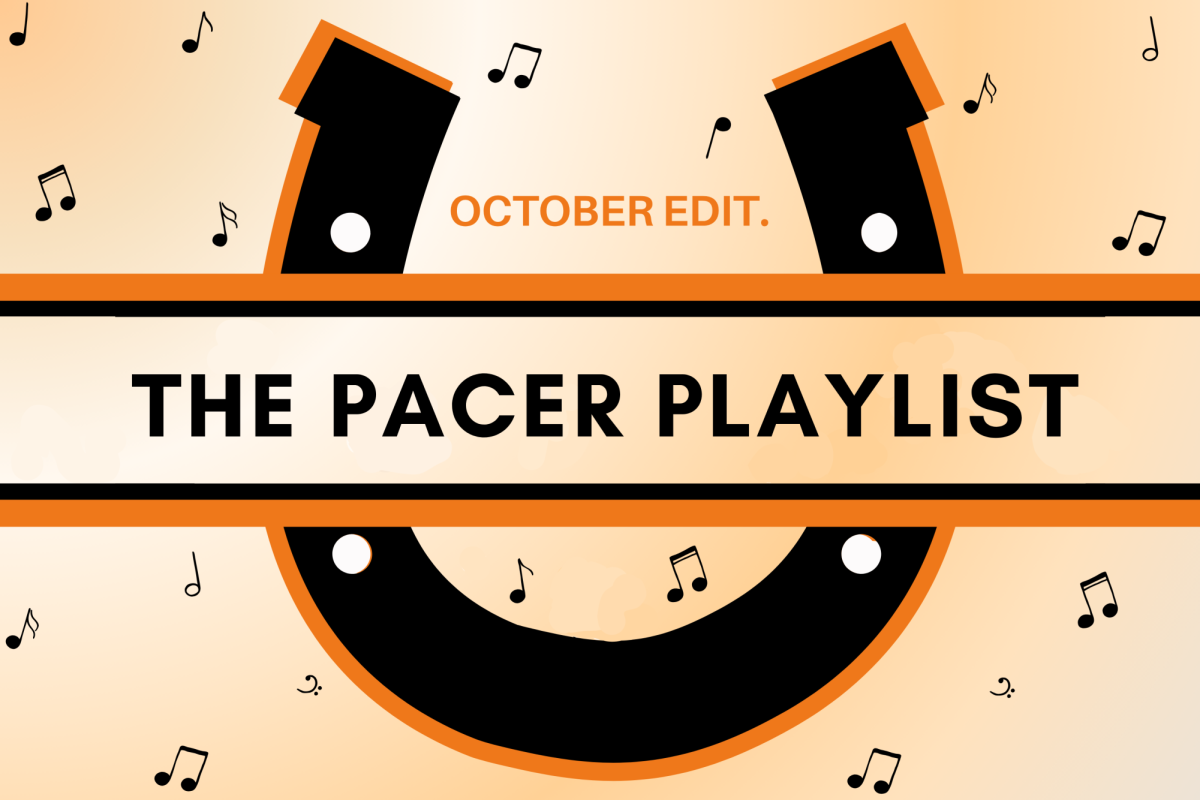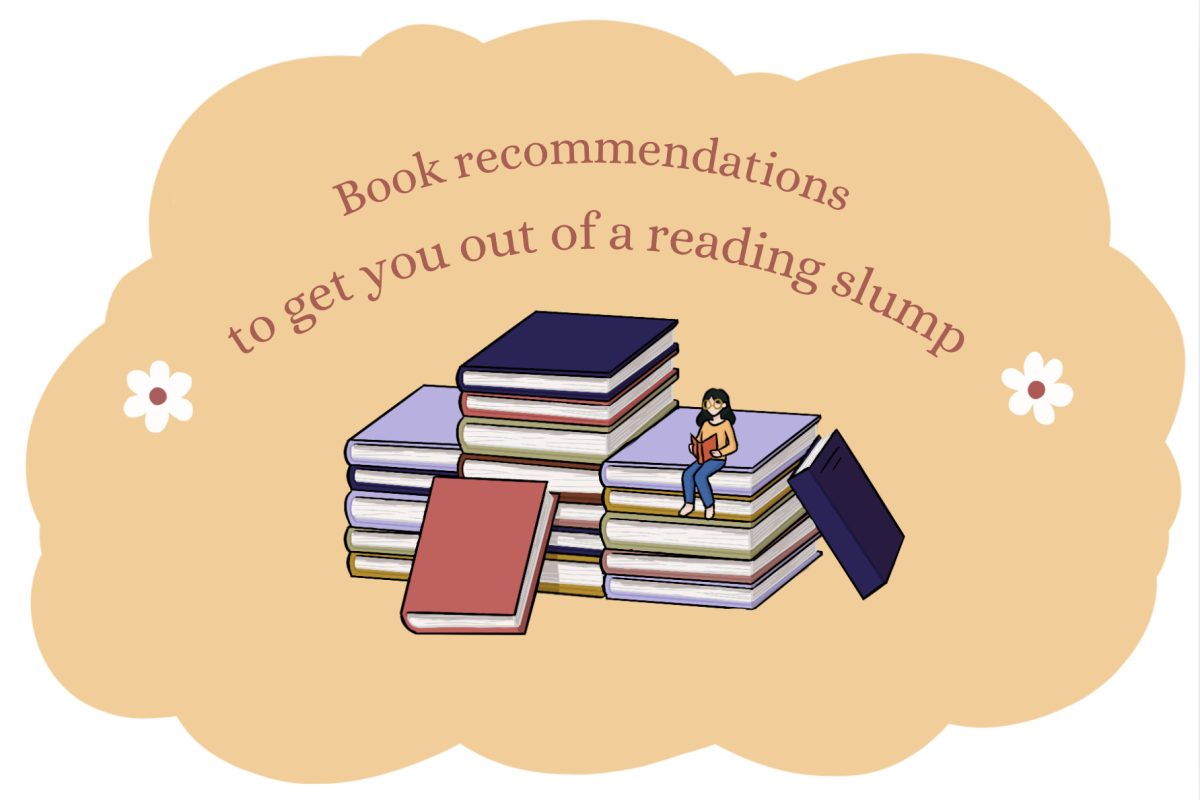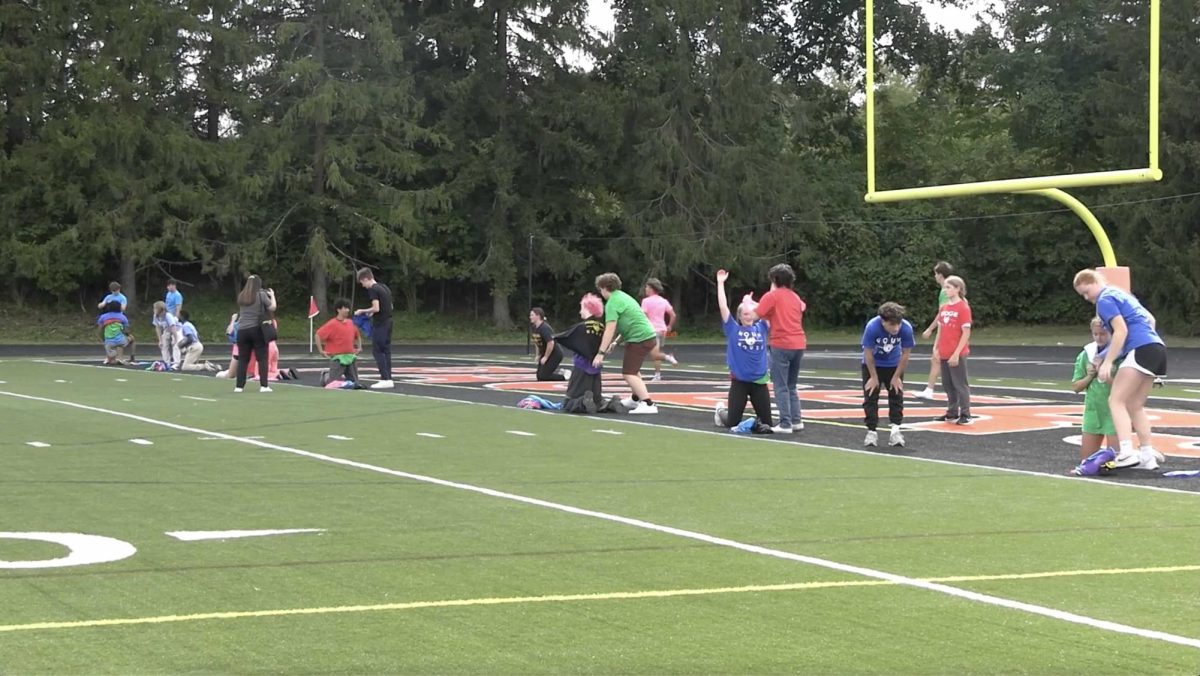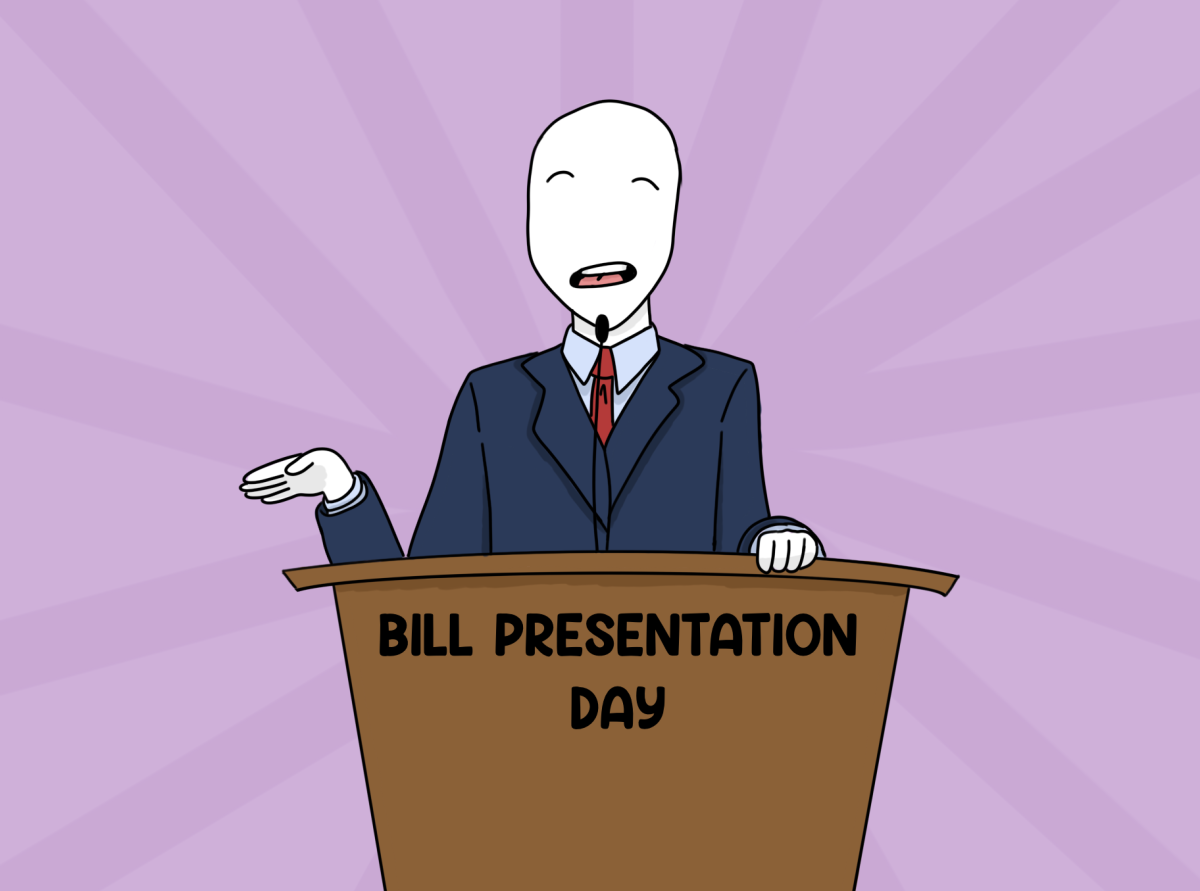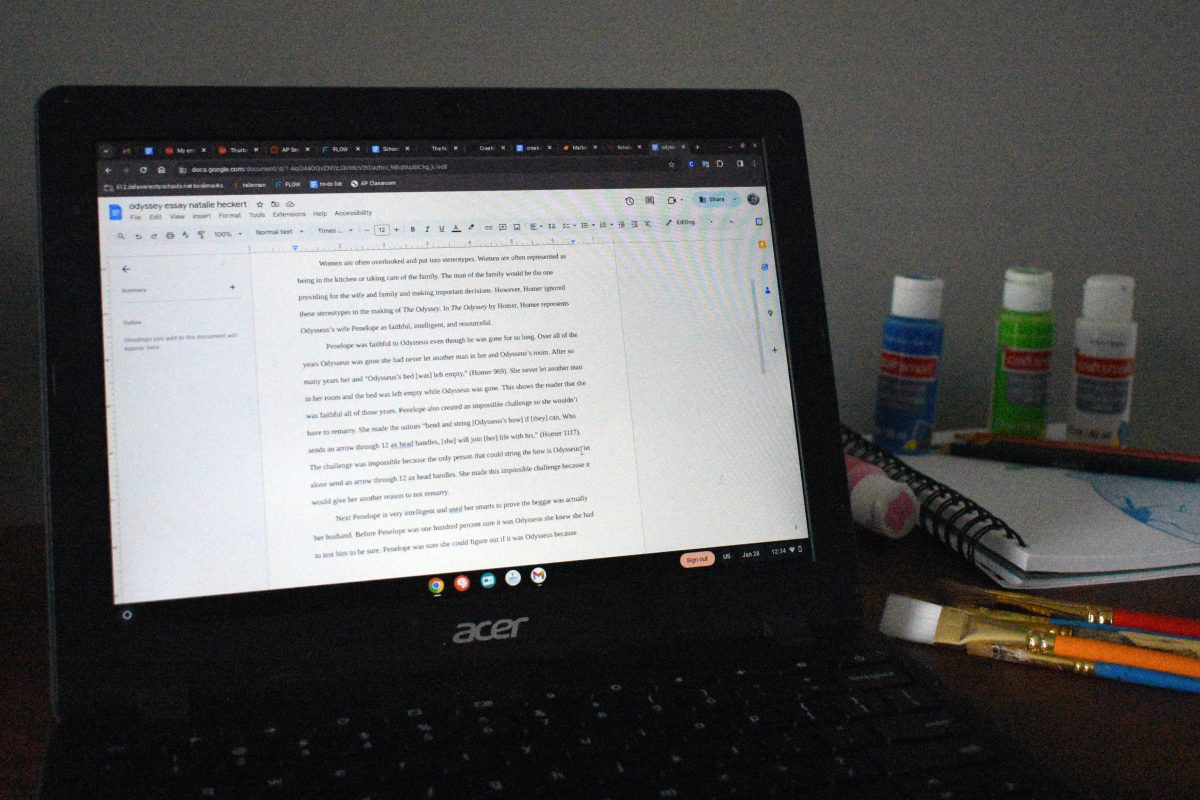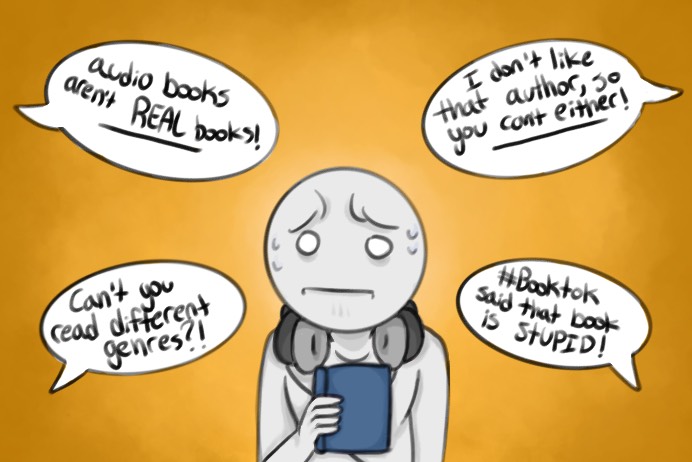Creativity is extremely important inside the classroom and out. This decreasingly common trait generates motivation which can help struggling students focus on their work and is a crucial skill for future jobs.
However, school creates a hostile environment for creative students. Testing, lack of self expression opportunities and stigmas around risk taking make school a place where it’s nearly impossible for creativity to flourish.
Testing, particularly the epidemic of teaching to the test, stresses memorization. Only having to remember highly specific questions harms students’ innovative thinking as they don’t have to find creative answers, they just need to remember exactly what they were taught.
Mistakes are often punished in schools in the form of bad grades that mean too much, leading to a stigma around risk taking in the classroom. This again leads students to shy away from using creative solutions to come to a final answer.
Making mistakes in exploratory learning is helpful for students because it can help them remember new things.
Finally, the lack of self expression opportunities, such as the inability to fit an art class into a schedule or the lack of creative natured assignments in academic classes, can hinder students’ problem solving skills, lower their motivation to come to school and even harm their mental health.
In Sir Ken Robinson’s 2006 TED Talk “Do Schools Kill Creativity?” he highlights the biggest issues with the school system: “The consequence is that many highly talented, brilliant, creative people think they’re not, because the thing they were good at in school wasn’t valued, or was actually stigmatized. And I think we can’t afford to go on that way.”
And he’s right: schools cannot afford to go on this way. The current school system leaves creatives stuck, since creative opportunities are a necessity to those who have a hard time learning through pure academics.
Another factor of school that kills creativity is burnout. Stress caused by the pressure to perform well in school can turn into a more severe form of exhaustion and lack of motivation. While burnout can be helped, it’s better to avoid it altogether by giving students more leeway in school, like less homework or more free time during school hours.
Burnout directly affects creatives and their ability to do what they do best. Creative burnout caused by the stress of school can leave creative students to struggle with even the most basic work both inside the classroom and in their art space.
Exhaustion caused by school is dangerous for students as it can leave them without energy to pursue an emotional outlet, overall causing more damage to the student. Art and creativity gives students somewhere to channel their feelings; without motivation or easy access to such activities, they may be forced to bottle them up, ultimately making things worse than before.
Creativity also benefits students in lots of real-life situations and builds skills that they’ll need for the rest of their lives. It boosts problem solving and communication skills, improves abilities to adapt to change and helps students build relationships through similar interests.
Schools need to change their ways. Stop teaching to the test, get rid of the stigmas around mistakes, let students be more creative in the classroom, make art classes more accessible and create more mentally stimulating assignments.
Those who have a hard time learning in traditional ways will be thankful, students will still have motivation for their emotional outlet and everyone can avoid burnout both in school and out.
Categories:
Opinion: School is a killer of students’ creativity
Natalie Heckert, Managing Editor
February 13, 2024
School makes it nearly impossible for students to create art due to testing, lack of self expression opportunities and burnout.
6
Donate to The Talisman
$1290
$2000
Contributed
Our Goal
Your donation will support the student journalists of Rutherford B. Hayes High School. Your contribution will allow us to purchase equipment and cover our annual website hosting costs.
More to Discover
About the Contributor

Natalie Heckert, Managing Editor
Natalie Heckert (she/her) is a senior at Hayes, this is her second year on staff. She dances competitively at Performing Arts Dance Centre. In her free time, she likes to hang out with friends, listen to music, read, and sleep.


